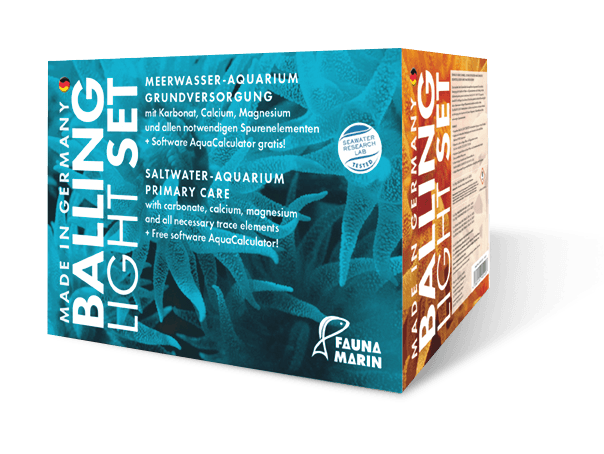Titanium
The titanium metals used in aquaristics are alloys and suitable as material in marine aquaristics. Sometimes traces of titanium are found in an analysis. However, these are usually harmless. During ICP measurement, titanium is also strongly disturbed by calcium, which then appears as a slightly increased value on the analyses. Titanium is used in pump shafts or grounding probes and is a component of seawater-resistant alloys. Some feedstuffs contain small amounts of titanium oxide, which could be measured if necessary.
Phosphate adsorbers based on aluminium and iron oxide are the appropriate media to filter titanium.
There is no reason to add titanium to the system. An accumulation in the form of depots could not be observed.
Value too high:
Partial water change, removal of decoration, filtering via Phos, Powerphos, Phos 0.04 and zeolites, high values mostly are not more than disturbance in the measurement.
Too low value:
No dosing provided!
| Variety | transition metal |
|---|---|
| Benefit | 2–5 µg/l (0,26 US.liq.gal.) |
| Skill Level | no addition intended |
| Source | salt, supply systems trace element mixtures |
| Available | no availability |
| Importance 1–6 | 1 |
| Detection quality | medium |

Balling Light:
No dosing intended. Please note the relevance limit in the ICP analysis.
Tip:
A titanium compound is often used for staining plastic cans. This has the consequence that phosphate is deposited on the walls of the container. If you want to send in water tests in your own containers, make sure not to use white plastic cans. Always use transparent bottles from still drinking water.